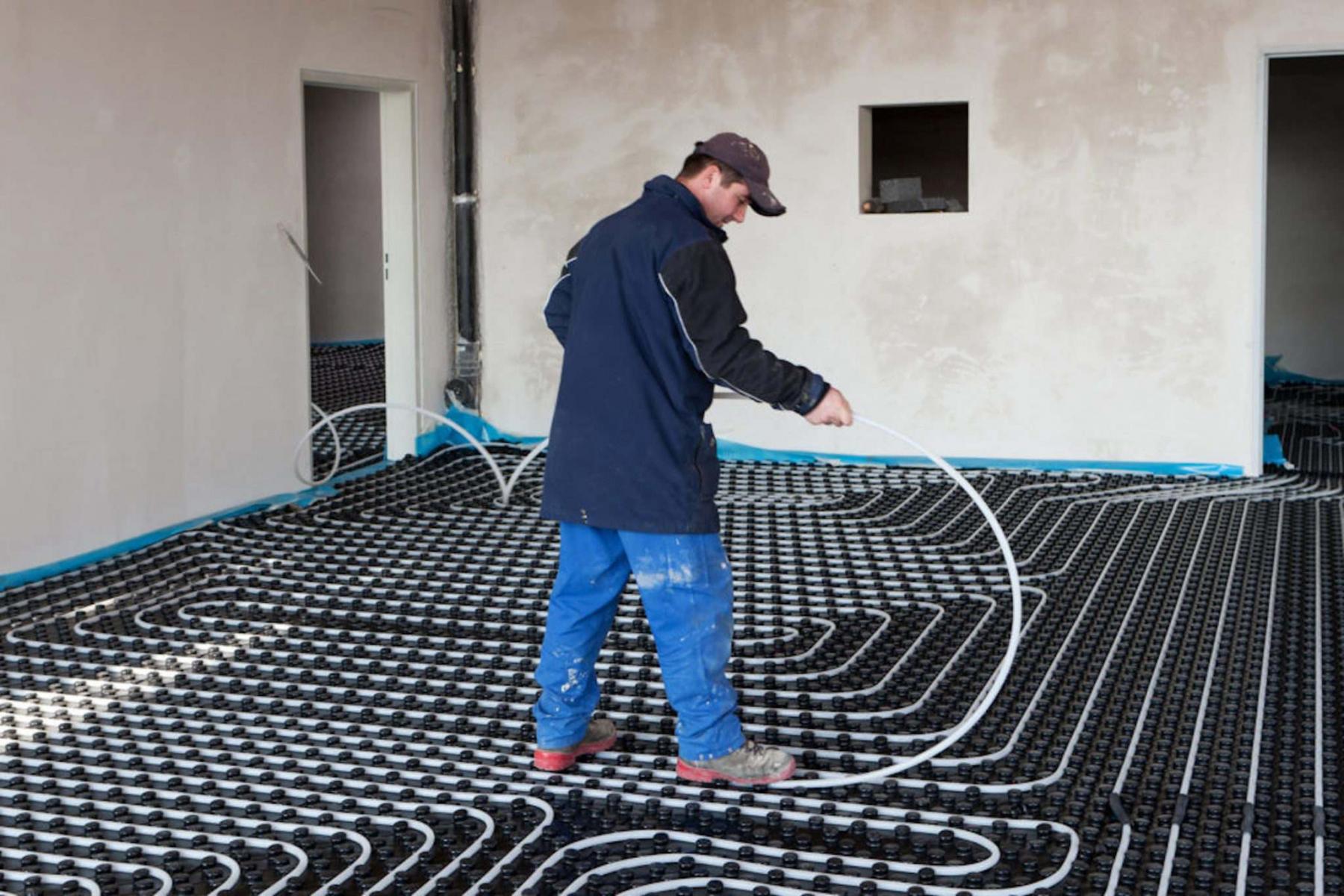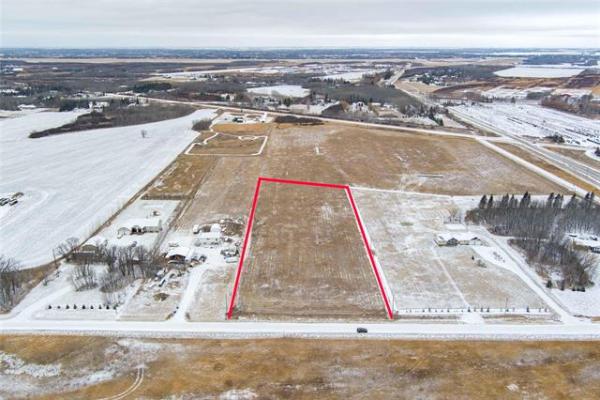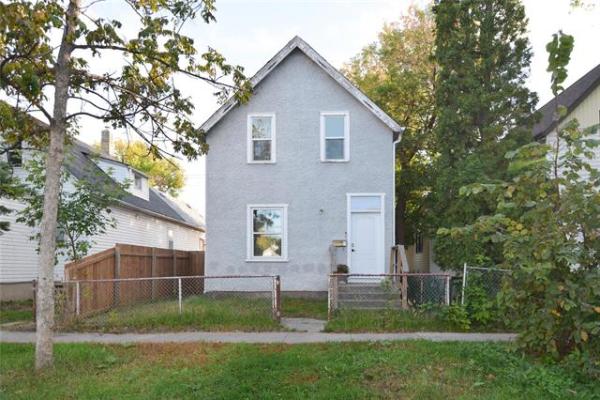Imagine stepping out of your bed or from the shower onto a warm floor that continuously, invisibly and quietly generates comfortable heat for your home. That’s far from a dream — radiant floor heating systems can make that a reality.
Radiant floor heating is one of the oldest methods of home heating. The concept goes back as far as ancient Rome, and is a common technique used around the world today. And in North America, it has caught on quite a bit in recent years.
Radiant heat systems use fluid running through pipes buried beneath flooring to heat objects in the room, as opposed to heating the air as conventional forced air systems, like gas furnaces do. Because that heat isn’t lost through the air, but instead stays with the objects being heated, the result is more efficient heating. And since heat rises, you get the most effective heat when it starts from the floor and moves upwards.
These systems bring many major benefits, as they are comfortable, efficient, unobtrusive and quiet. Not only will your heating energy costs go down, but the minimal moving parts means these systems require little maintenance. They typically last 25 to 30 years — twice as long as a standard furnace.
Radiant heating also doesn’t require pushing air around so it lowers the amount of dust and allergens being circulated by the system. Since heat is being provided evenly throughout the room, you don’t have hot and cold spots in different areas.
Heated floors also tend to boost interest when selling your home. They add a significant luxury bonus that can attract buyers.
Most sub-floor heating systems, known as hydronic systems, rely on fluid flowing through PEX piping. Others — generally designed for smaller areas such as a bathroom — use electric cables. The systems can be installed under a concrete slab, under flooring or attached directly to the subfloor.
Though in-floor systems can be designed to heat an entire home, the more conventional use is for zoned areas, including bathrooms, kitchens or driveways — where they can melt snow with no effort on your part.
The biggest downside to radiant heating is that it doesn’t come cheap. It’s ideal to install such systems in new construction or during a remodel, but there are a variety of possibilities to retrofit them into an existing home with minimal intrusion.
Installing radiant heating in a smaller area is likely to cost a few thousand dollars, while a whole-house system can cost as much as $30,000.
Radiant heating requires particular expertise to install. It’s important to hire a licensed, bonded and insured HVAC company with experience in the kind of radiant technology you’re installing.
You’ll also want to ask them to perform a heat load calculation to ensure the system is properly sized.
— TNS




